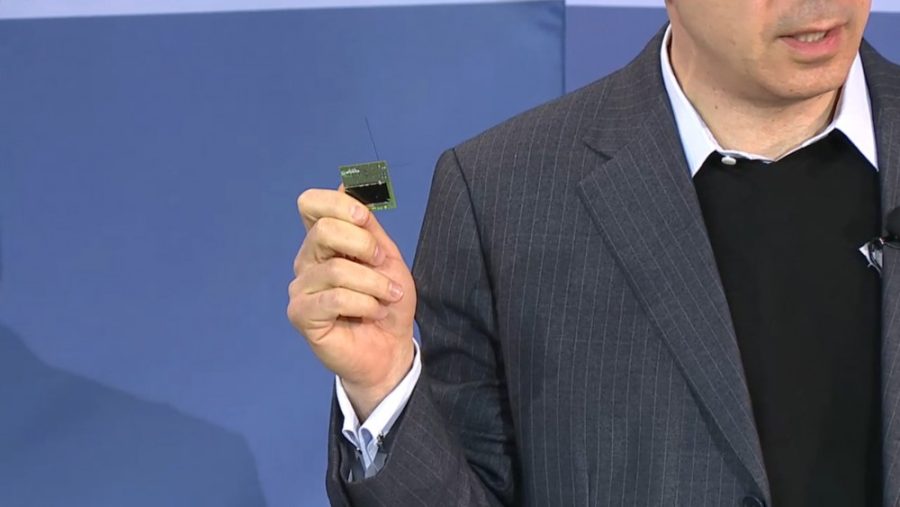It was announced Tuesday that a $100 million project, known as Breakthrough Starshot, has begun to take shape in an effort to launch a spacecraft to our sun’s closest stellar neighbor, Alpha Centauri.
The plan was unveiled to the public in a press conference by billionaire Yuri Milner alongside famous cosmologist Stephen Hawking.
“Today, we commit to this next great leap into the cosmos, because we are human, and our nature is to fly,” Hawking said.
Despite being the closest star to our Sun, Alpha Centauri sits about 4.37 light years, or 25 trillion miles away.
The group believes they will be able to develop a craft that possesses capabilities that will allow for a complete trip to Alpha Centauri in just 20 years—a journey that would normally take 30,000 years with the use of a normal spacecraft.
The proposed design is described as more of a “nanocraft,” or StarChip, which will be small enough to fit between two fingers and will be accompanied by a large laser-powered sail, called a Lightsail.
Using powerful lasers nearing 100 gigawatts directed at the StarChip from back on Earth, scientists could potentially accelerate the instrument to 20 percent the speed of light.
The idea is to send hundreds, or possibly thousands, of these StarChips on the lengthy interstellar path to Alpha Centauri, according to Milner.
One of the mission’s objectives will be to examine the planetary system hosted by the star in an attempt to possibly uncover signs of extraterrestrial life.
While the group admits it has a handful of hurdles left to overcome before the project truly gets off the ground, the brainpower and financial backing of those involved may help to make this dream of reaching the stars a reality.
Seeking advice on how to proceed with the plan, the group has opened the project up to the public.
With the announcement of this daring proposal, we begin to see the potential for an incredible feat that many have only ever dreamt possible.









